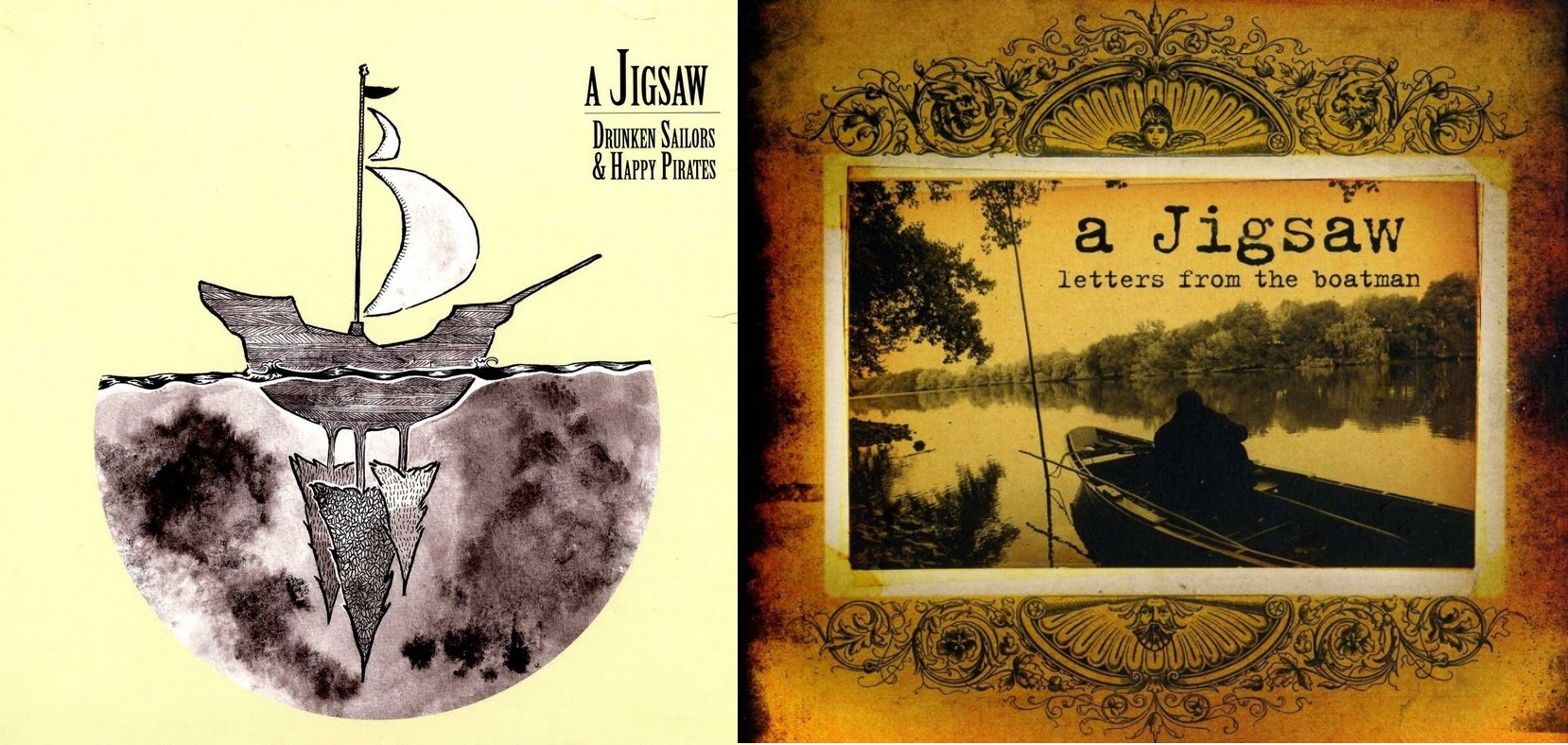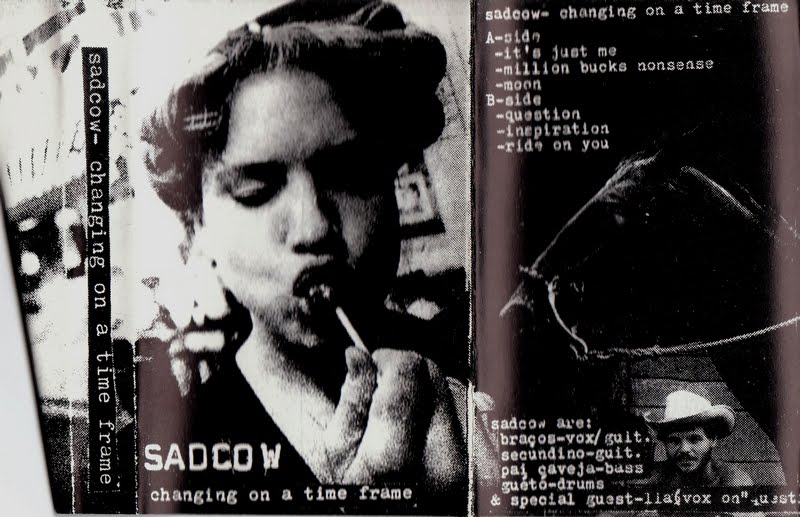Back in the 2000s and early 2010s, web radios were the thing. They weren’t just about music – they were about community. Lots of forums, fan groups, and small online communities had their own little stations. The coolest part? Anyone could be a DJ, spin some tracks, grab a mic, and chat with listeners in real time. It felt personal, like hanging out with friends who loved the same stuff as you.
And of course, there was xat.com. If you remember it, you know it wasn’t just a chat box – it was the living room of the radio. People logged in, dropped messages, made friends, shared songs, and played around with custom avatars and emoticons. Sometimes, the chat was even more fun than the actual radio stream.
But things have changed. Both web radios and xat.com lost steam over the years. Which brings us to the big question: are web radios simply outdated, or did people just lose patience with hanging around in empty chat rooms?
On one side, music platforms like Spotify, YouTube Music, and even Twitch streams totally flipped the game. Why wait for a DJ to play your favorite song when you can just hit play on your own playlist? Convenience won, and linear radio-style programming couldn’t keep up.
On the other side, the social aspect shifted too. Back then, hanging out for hours on xat made sense – it was one of the only ways to socialize online in real time. Now we’ve got WhatsApp, Instagram, TikTok, Discord… endless options for instant connection. Compared to that, a quiet xat room feels, well, kind of lonely.
And let’s be honest: people don’t really have the patience anymore. If you land on an empty chat, you’re probably gone in seconds. That creates a vicious cycle – no users means nobody sticks around, and with nobody sticking around, the room never grows.
That said, web radios aren’t totally dead. There are still niche communities out there – DJs spinning electronic sets, rock fans gathering, hip hop crews keeping it alive. For them, the radio and the chat are more than just entertainment. They’re part of an identity, a place to belong.
The thing is, xat.com itself hasn’t really evolved. The design looks almost the same as it did a decade ago. That’s nostalgic for some of us, sure, but new users? They expect slicker, faster, more interactive platforms. Without updates, it’s no surprise it fell out of the spotlight.
So maybe it’s not that web radios are “out of fashion.” It’s more that the digital world – and our expectations – have changed. Today, music is everywhere and chatting is instant. For a web radio with a chatroom to thrive again, it needs to reinvent itself: offer exclusive content, create interactive experiences, and tie into today’s social media world.
In the end, it’s not just about patience, and it’s not really about web radios being “dead.” It’s about how we consume music and connect with people online. Web radios and xat.com were legends of their time, but if they want to make a comeback, they’ll need to evolve. Otherwise, they’ll stay frozen in time – a nostalgic memory of an internet era we’ve moved on from.











Este artigo analisa a ascensão e o declínio das rádios web e da plataforma de chat xat.com, que foram proeminentes no início dos anos 2000 como espaços de música alternativa e interação comunitária.
O artigo explica que o sucesso dessas rádios dependia da proximidade entre DJs e ouvintes, facilitada pelo xat, que servia como uma sala de estar virtual. Contudo, a popularidade desses formatos diminuiu devido à evolução do ecossistema digital, onde serviços modernos como Spotify e plataformas sociais dinâmicas como Discord e TikTok oferecem maior conveniência e interação imediata.
Esta fonte argumenta que o xat.com estagnou tecnologicamente e a impaciência digital dos usuários, que não esperam mais por salas de chat vazias, criou um ciclo vicioso de esvaziamento.
Para sobreviver, o modelo rádio-chat precisa se reinventar e integrar-se às novas demandas de conteúdo exclusivo e socialização instantânea.